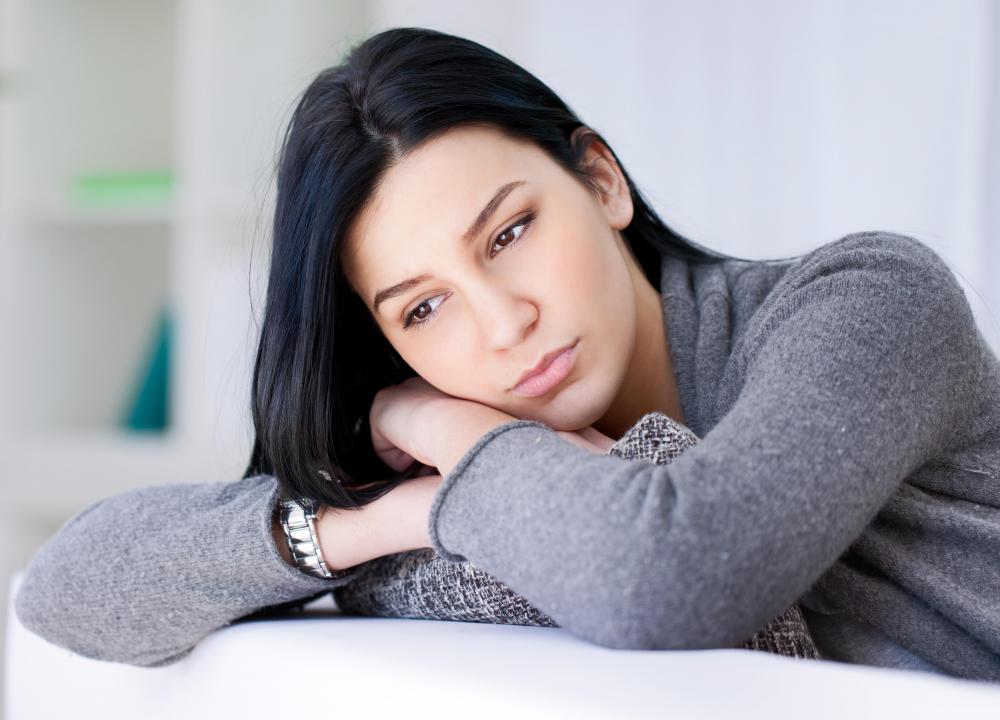At WiseGEEK, we're committed to delivering accurate, trustworthy information. Our expert-authored content is rigorously fact-checked and sourced from credible authorities. Discover how we uphold the highest standards in providing you with reliable knowledge.
What are the Different Types of Light Therapy Devices?
Light therapy devices are light boxes that simulate sunlight to treat symptoms of seasonal affective disorder (SAD), psoriasis, and some symptoms of cancer. There are many types of light therapy devices available on the market, and a patient should always consult a physician, who can recommend the right type of device to treat the patient’s symptoms. Regular light boxes, light emitting diode (LED) devices, and color therapy boxes are commercially available. There are also ultraviolet light therapy boxes.
Most light boxes are used to help with symptoms of SAD, and the devices contain fluorescent or incandescent light bulbs. The box must be placed within 2 feet (61 centimeters) from the person’s face, and a person can purchase either a tabletop box or a light box attached to a stand to fit their needs or the constraints of the area where they will be placing the device. Models also emit different intensities of light, and this amount will determine the amount of time the person needs to spend in front of the light each day. There are light boxes available that include a dawn stimulator feature, which turns on automatically and helps to regulate the person’s circadian rhythm.

LED light therapy devices are also available, and some people prefer this type of device to fluorescent light bulbs. LED therapy is used to treat acne and cellulite, and some people believe it helps in reducing pain and promoting circulation. Fluorescent bulbs contain mercury, which is toxic when swallowed. This type of bulb emits both ultraviolet radiation and radio frequency radiation. LED light devices are usually more expensive and produce much more glare than fluorescent therapy lamps.

Red light and blue light therapy devices are available to treat a range of conditions. Blue light lamps help treat acne by removing bacteria from the skin. It is also recommended by some physicians to treat symptoms of SAD. Red light devices are suggested for people who want to increase circulation and reduce redness and inflammation of the skin.
People with infections, the flu, skin disorders, and T-cell lymphoma use ultraviolet light therapy devices. There are reports that ultraviolet light rays can cause damage to the skin or face, so people should research these devices or consult a physician for advice, and most devices come with protective eye wear. For the treatment of skin disorders, a dermatologist may prescribe light-sensitive medications to promote the effects of the light therapy.
AS FEATURED ON:
AS FEATURED ON:













Discuss this Article
Post your comments